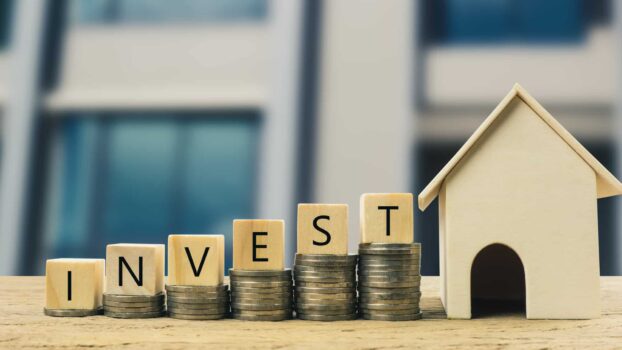There are just over 43 million housing units occupied by renters in the US. Not every one of those housing units is making its landlord a profit, though. That’s because not all landlords follow the right rental property investment strategy. Buying a rental property and turning a profit takes education and some trial and error. But there are definitely a few tried and true rules to follow before you buy and set your rental price.
And we’re going to let you in on all of them. Keep reading to learn more.
Educate Yourself
Some of your education in rental property investments can only come through trial and error. You can’t prepare for all of the emergencies or situations that might arise.
But for everything else, there are resources. This includes everything from people, to books, to courses, and any other materials that might help you learn more about what you’re getting into.
When you’re first getting started, talk to people who know more about you. That means everyone from friends (who have ample experience in the rental property game) to investors who can give you worthwhile advice.
There are literally thousands of books out there that will help you develop a more robust strategy and to stay ahead of the curve when it comes to economic and social changes. Diversify the authors you read and explore different approaches. This will help you develop your own strategy in accordance with your experiences.
Choosing the Right Neighborhood
At first glance, one might think that a large home in a quiet neighborhood is sure to bring you a large monthly rental income. But choosing a neighborhood to purchase your rental property involves more than simple aesthetics.
We can classify neighborhoods into three types.
The first are those with green lawns, white-picket fences, and large homes. These are mostly occupied by homeowners, which means they aren’t great areas for rental investments.
Second, are more blue-collar neighborhoods, where the mix between renter and homeowners is closer to 35/65. These neighborhoods generally have a mix of all income levels and are appealing to families and individuals looking to rent.
Finally, there are mid to low-income neighborhoods with high renter turnover. These might be areas with more crime, run-down homes, problem tenants, and significant issues for landlords.
With that said, these can make for good rental properties. In order to turn profits here, though, a landlord should a specialized and experienced property management team.
The Cap Rate
Once you’ve decided where you’re interested in buying, it’s time to choose your property. But before buying your perfect rental investment, you need to figure out how much profit you can make with that investment. This is called the capitalization (or “cap”) rate, and it will tell you whether or not your property is going to give you a good rate of return.
To figure out the cap rate, you estimate the net income from the property and divide it by the cost of the asset.
For example, you purchase a rental property for $400,000 and calculate the rental price at $2,000 per month. Your expenses are $1,000 per month, which makes your net operating income is $1,000 per month or $12,000 per year.
You then take the $12,000 annual net operating income and divide it by the $400,000 cost of the home. Meaning the cap rate would be 3%.
For most investors, the cap rate should be more than 15% to be worth the investment. But, you need to weigh the options according to your situation. If you have high-quality tenants in a nice area with very little problems, you might consider taking less than that 15%.
You should also keep in mind that the property you’re purchasing might require repairs. Those repairs should be calculated as part of the overall asset cost.
The 10-20% Rule
Another rule for your rental property investment strategy is to buy below the market. Actually, you want to buy below the market by between 10% and 20% to be exact.
Why do you need to buy it at this price?
Theoretically, this provides the buyer with a financial cushion if they ever need to sell the property. The 10-20% saved from the purchasing price gives them wiggle room with the offer price if you need to sell quickly or in an emergency. In addition, it allows you to make a good return on your investment.
The One Percent Rule
To help you narrow down your potential properties, you can use the one percent rule. It refers to whether the gross monthly rent equals at least 1% of the cost of the home. The gross monthly rent should be calculated before expenses.
If the gross monthly rent of a $400,000 home is less than $4000, for example, than don’t look any further into the property because it’s not worth the investment. If it’s equal to or more, you can look further into the property.
Keep in mind that nicer neighborhoods tend to bring in lower returns, although the investment is more stable. Run-down neighborhoods, on the other hand, tend to hand higher returns.
More Help With Your Rental Property Investment Strategy
There is no perfect formula for investing in real estate. But there are some tools that every successful investor keeps in their rental property investment strategy.
Among the most important of those tools is education. Buying rental properties takes constantly upgrading your information. It takes reading all the materials you can, enrolling in courses to update your skills, and talking to people who know more than you.
But after that, there are a few rules you can use to help you buy your property. These include calculating the cap rate and using the one percent rule. You also should know how to choose the right neighborhood.
When your property is ready to get up and running, you’ll need a strategy for managing it. Contact us for help with this very important part of your rental property strategy.

